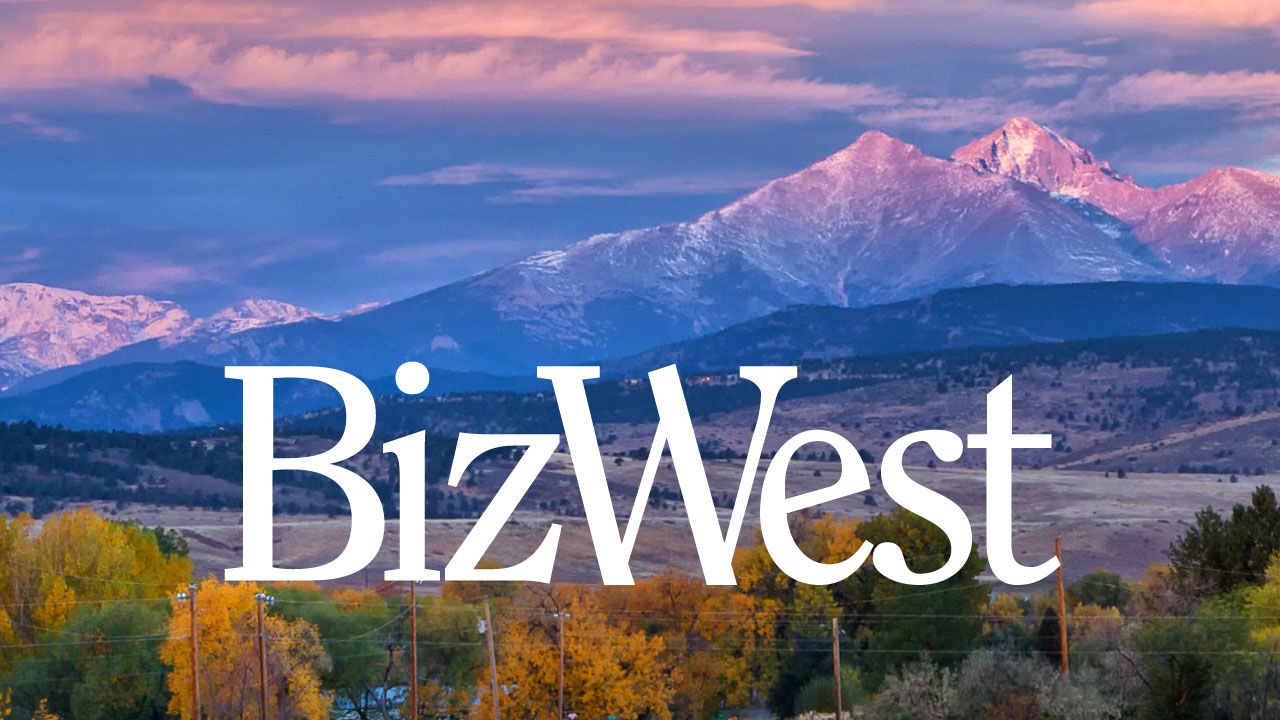Editorial: Colorado can lead nation by ending gerrymandering
One of the major factors contributing to partisan gridlock in Washington, D.C., is gerrymandering, the practice of manipulating the boundaries of a political district to favor one political party or group.
The practice first emerged in the early 1800s, with an absurd district map drawn up during the tenure of Gov. Elbridge Gerry of Massachusetts — absurd because the map resembled a salamander.
Today, it’s difficult to visualize districts in Colorado or around the country, many of which resemble nothing more than bitmapped combinations of the old Space Invaders and Pac-Man video games, or perhaps a computer monitor gone wild. Maps have been drawn with a political aim and with little consideration for municipal or county boundaries, or creation of competitive districts.
SPONSORED CONTENT
That process has created safe, partisan districts dominated by one political party or another. It has led to a tugging from both political fringes, and has made compromise or working across the aisle all but impossible.
Colorado can change that dynamic, Nov. 6, by voting to approve Constitutional Amendments Y and Z. Currently, political districts are redrawn after every federal census, but the process has been handled by the Legislature. (More often than not, the courts have stepped in to draw district boundaries in recent decades.)
But Y and Z would take redistricting out of the hands of partisan legislators and would place it in the hands of independent panels, one for Congressional districts (Amendment Y) and one for state districts (Amendment Z). The panels would include five Democrats, five Republicans and five unaffiliated voters.
Gerrymandering would be prohibited, and the process conducted in public. District maps would require approval by at least eight panel members, including at least two unaffiliated members.
Constitutional amendments in Colorado require 55 percent voter approval, but we’re encouraged that the measures have secured bipartisan support, with Gov. John Hickenlooper joined by all living former governors from both political parties, and with support from such disparate organizations as the Independence Institute, the ACLU and the Denver Metro Chamber of Commerce.
That’s because these individuals and organizations recognize the poisonous nature of the current political environment, and can readily see that the current system — which inevitably ends up in the courts — simply does not work.
With passage of Amendments Y and Z, Colorado can lead the nation, drawing a map to a better, less-partisan future.
One of the major factors contributing to partisan gridlock in Washington, D.C., is gerrymandering, the practice of manipulating the boundaries of a political district to favor one political party or group.
The practice first emerged in the early 1800s, with an absurd district map drawn up during the tenure of Gov. Elbridge Gerry of Massachusetts — absurd because the map resembled a salamander.
Today, it’s difficult to visualize districts in Colorado or around the country, many of which resemble nothing more than bitmapped combinations of the old Space Invaders and Pac-Man video games, or perhaps…
THIS ARTICLE IS FOR SUBSCRIBERS ONLY
Continue reading for less than $3 per week!
Get a month of award-winning local business news, trends and insights
Access award-winning content today!




